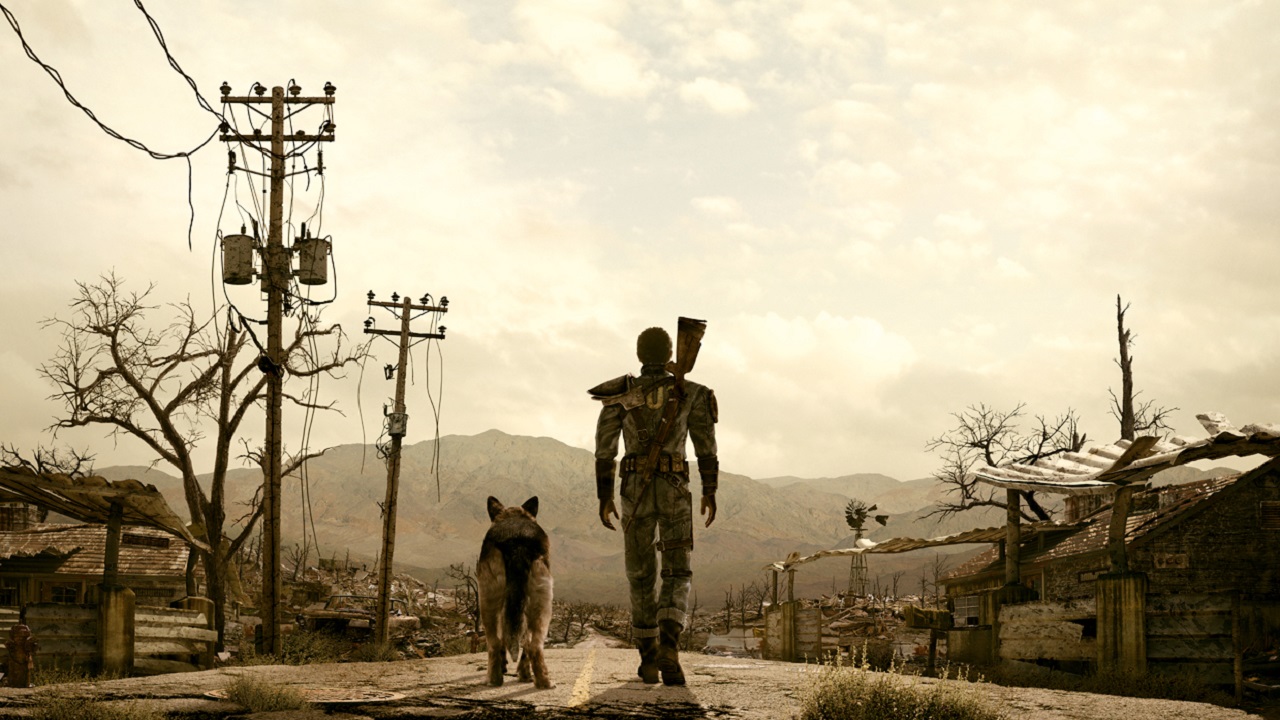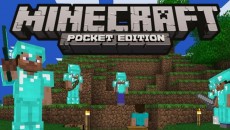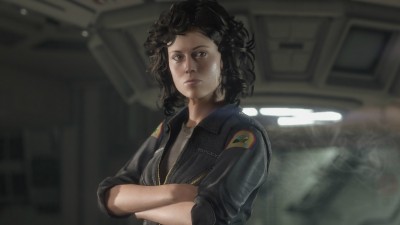Hello!
It’s September. You know what that means?
The dead of summer is over and people are heading back to work as the onset of Autumn - and the new gaming seasonal rush - is almost upon us. This week, I’ll be discussing how broken online journalism is and how we’re all responsible for it, before moving onto the panic fans are having over the sale of Mojang to Microsoft. Then I move onto how outdated both the PS4 and Xbox One are when you think about television resolution, and finally exoskeletons.
There are two videos on net neutrality? Somebody here must think it’s important.
Cheers! Here’s to another good week.
The Big Four
Games journalism is a broken business
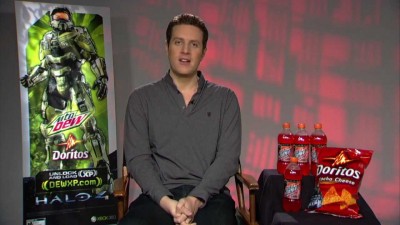 The internet is a weird place.
The internet is a weird place.
Many have yet to grapple with the full realities of connectivity and how it relates to entertainment consumption. People have come to enjoy a wide range of media that is newly available through various online outlets. Sites like YouTube, Netflix, and Twitch have risen to challenge traditional television models of payment, and online publications like blogs and the rise of the amateur journalist have risen to challenge traditional print media. But unlike the multimedia outlets, online written works are not as highly regarded, and are met with little to no ad revenue.
Furthermore, you can probably count the number of publications that hide their content behind a paywall and subscriptions. Sure there are hold-outs from the traditional print people like the Wall Street Journal and other newspapers; but for the most part you can read The New Yorker, The Atlantic, Polygon, and any number of other popular publications for free. People enjoy this content, but let’s face the facts about how we consume media online – we don’t want to pay for it.
This is a systemic issue that has grown up with the internet: the notion that anything can, and should, be found for free. As such, it has led to a decline in older business models and rising panic as online publications scramble to figure out how to sustain the quality of their output while faced with decreasing revenue. The short answer is that most can’t, and have had to turn towards advertising revenue and sponsorships.
But there’s a drawback to this.
Most of these are predicated on the clickthrough rate - which has in turn led to the rise of “click bait” sites and articles which compromises integrity for clicks.
So, if you’re wondering why your favorite publication seems to have slid into a state of gonzo journalism - or become nothing more than a meme and YouTube repository (ignore the ones below) – then you only have to look at yourself for the reason. We’re all guilty, and so long as we’re not willing to pay for content, we’ll have to deal with the inevitable rise of a conflict of monetary interest.
If you’re thinking of jumping into journalism of any kind, I would recommend you get behind a camera to read what you wrote.
Minecraft fans spooked by talk of Microsoft acquisition
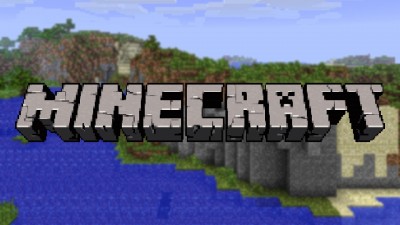 In the eyes of many, Microsoft’s halo has slipped in the wake of last year’s E3, when their disastrous unveiling of the Xbox One and all of its associated anti-consumer policies expended all of the good faith they had cultivated since the launch of the Xbox 360. Microsoft has since changed most, if not all of those policies since then - leading to the One becoming known as the Xbox 180 in some circles - but the damage to their reputation isn’t as easily fixed.
In the eyes of many, Microsoft’s halo has slipped in the wake of last year’s E3, when their disastrous unveiling of the Xbox One and all of its associated anti-consumer policies expended all of the good faith they had cultivated since the launch of the Xbox 360. Microsoft has since changed most, if not all of those policies since then - leading to the One becoming known as the Xbox 180 in some circles - but the damage to their reputation isn’t as easily fixed.
Now, fans panic over the impending sale of Minecraft’s developer Mojang to the console giant, in a deal expected to be somewhere in the range of two billion dollars.
There was a time when being a first-party developer for Microsoft was seen as a way to cement yourself in gaming. The rise of XBLA brought tremendous success for titles such as Fez, Castle Crashers, and, of course, Geometry Wars 2 - often mentioned as the 360s first true system seller. But with poor sales, flat lined first-party content, the widespread ire of Indie developers in more recent years, and speculation of corporate trouble – many wonder what will come of this purchase.
Sure, Mojang’s founder Notch looks to pocket a sizeable chunk of this speculated sale - and good on him (not that he needs the cash); but what’s next?
I don’t think it’s unrealistic in the slightest to say that Mojang likely doesn’t have another Minecraft in the works; a game like that is a once-in-a-lifetime creation, a rare moment where all elements perfectly align to create a zeitgeist. Minecraft was lightning in a bottle. But just because they achieved it once, doesn’t mean they can do so again; lightning rarely strikes twice in this industry.
So what is Microsoft buying? Perhaps it’s the brand, the server rights, and other potential sales on any and all platforms, but how many more copies can be sold?
Furthermore, the simplistic yet easily mod-able nature of Minecraft means that there doesn’t need to be a Minecraft 2 any time soon. With Microsoft trying to “get back to the games” it makes sense for them to purchase Mojang, but it also strikes as desperation to try and make that return hold true. Many don’t seem to trust Microsoft in the same way they once did (assuming they ever did, of course), and it’s been some length of time since the Xbox brand has had a Halo or Gears of War-style success story (both from third party developers). Kinect perhaps came the closest, but look at how that turned out for them - relegated to the scrap heap, its reputation so low that even its creators effectively Year Zero’d the Xbox One purely to get rid of its toxic influence on the brand.
In light of this sale, I wonder: what of the versions of the Minecraft that are not inside the Microsoft ecosystem?
Hmm.
The PS4 and Xbox One are already out of date
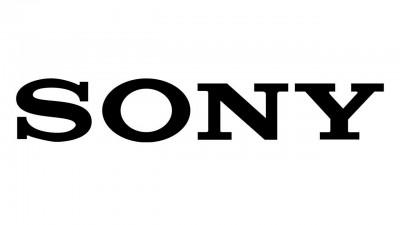 As someone who’s seen a 4K television in person, I can attest to the glory that will be the future of home entertainment.
As someone who’s seen a 4K television in person, I can attest to the glory that will be the future of home entertainment.
Movies, sports, and games are already starting to be recorded in 4K as the market slowly lowers the prices of these new products, and the tech industry is abuzz with excitement.
It’s been some time since there was a boom in home TV sales; it’s been almost 15 years now since the HD movement began. That’s a long time for TV manufacturers, whose business models are predicated on a constant stream of sales. But there hasn’t been any leap in tech that justified everyone going out and buying a new set. 3D was the bright young thing for a while, but that flopped hard; for now, it’s all about the 4K.
4K TVs are finally starting to drop in price and early adopters are spreading the gospel of “it’s better than real life” to their friends and family. The videogame industry isn’t too far behind the tech trends on the PC side of things, but both the Xbox One and PS4 are barely able to hit 1080 resolution, and even then framerates are inconsistent. Before their launch there were quite a few industry people speculating if this would be the last generation of consoles before something new came along to replace them, something that could keep up with the rapid evolution of our technology. While the last console generation was the longest in history, many are predicting that the current generation could be the shortest. And with mobile technology advances rapidly advancing on home technology, some have even speculated that it will be less than a year before phones and tablets can sport visuals on par with what we enjoy in our living rooms.
It may also be shocking to learn that Sony still makes more than home videogame consoles, with their marketing becoming increasingly focused on the PlayStation brand. They also have a sizeable (though admittedly declining) portion of the TV market, and they too are pushing 4K. So you’d think they would have seen the industry trends before they released the PS4, and geared their new gaming system towards the new TV sets, similarly to how they attempted to sell the PS3 as a companion to a spanking new 3D TV. But 4K gaming visuals proved to elusive even for them, and with their financial troubles being firmly at the top of the agenda, another boundary-pushing console at an eye-watering cost to the consumer was never going to be that likely. Despite popular opinion, the technology gulf between PS4 and Xbox One isn’t as pronounced as Sony would like us to think.
Sure, the big push for 4K won’t truly come until 2016 - but that isn’t that far away when you think about how long the last console cycle lasted.
Navy’s Exoskeleton could make workers 20 times more productive
 My constant ruminations in this column about a robot-dominated future don’t necessarily mean that I think humans won’t be involved in this future - we’ll just be reallocating our “man” power towards other work. Until robots are capable of being as nimble and agile as us, we’ll still have to scale large construction projects and conduct other high-demand physical task ourselves.
My constant ruminations in this column about a robot-dominated future don’t necessarily mean that I think humans won’t be involved in this future - we’ll just be reallocating our “man” power towards other work. Until robots are capable of being as nimble and agile as us, we’ll still have to scale large construction projects and conduct other high-demand physical task ourselves.
Fortunately there’ll be robotic equipment that will make work easier for us, and alleviate some of the burden by carrying the weight.
I first became aware that science fiction was becoming a reality with a 60 minutes piece on the Navy’s development of an exoskeleton suit that would enhance a soldier’s performance and endurance. These are things straight out of Ghost in the Shell or other works of science fiction from the 80s and 90s, and I was captivated. I’ve since been obsessed with the potential for the future and bring you my thoughts about it every week. Originally when I realized I was a futurologist – someone who speculates about a believable future – I found that not many people thought about the future like I did, and often I was met with speculation and sometimes laughter at my claims.
However, things have changed as technology has become more ubiquitous; the internet has exposed people to new ideas and concepts that have made possible the acceptance of ideas once thought to be absurd, while Apple’s Newton now seems more portentous than ridiculous. Two summers in a row we’ve seen science fiction movies – The Edge of Tomorrow, and Elysium – featuring soldiers fighting external threats with exoskeleton suits of armor. But this physical enhancement is not limited to combat, despite having been initially developed for such.
How do you stop the robot takeover? You become a robot yourself.
Visual Stimulation
What is Net Neutrality?
John Oliver: Net Neutrality
83 Old Slang Phrases We Should Bring Back
Teens React to a SNES
The Shandification of Fallout
Extra Study Material
There are more than usual this week so I’m going to keep it short and sweet – read them all!
Dramatic Photos of California’s Historic Drought
Gamergate-related controversy reveals ugly side of gaming community
Put On Some Pants an Get Out: Writing a Book Without Destroying a Marriage
How game devs can hire the best talent, even without salaries
